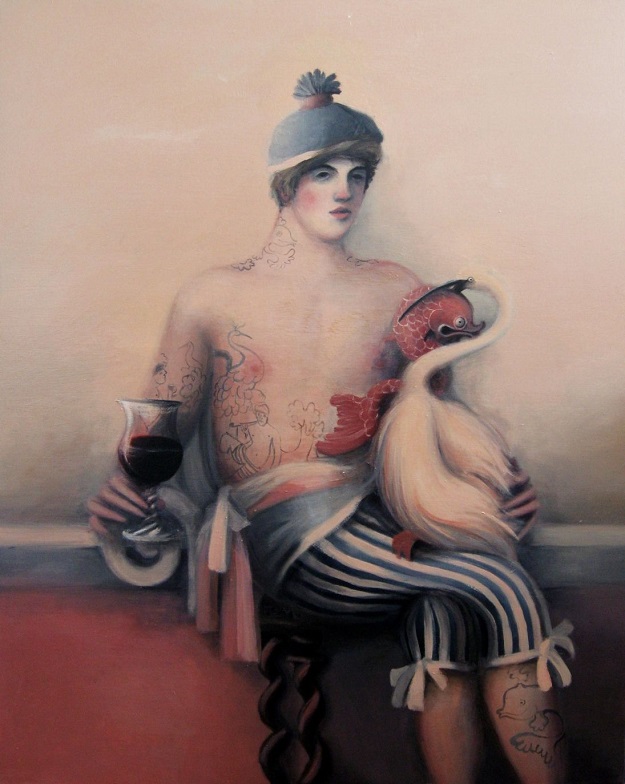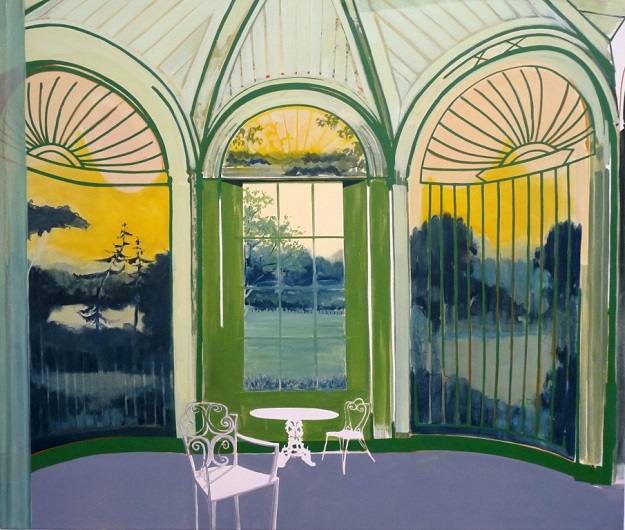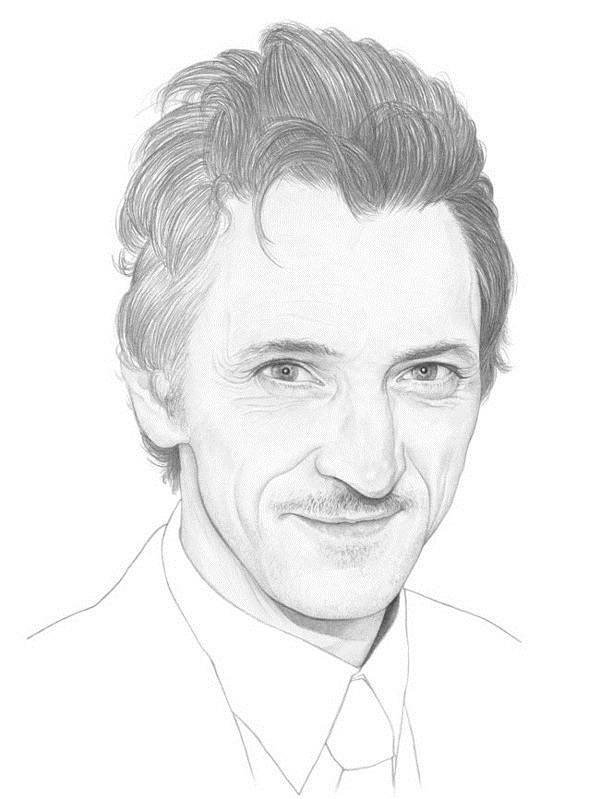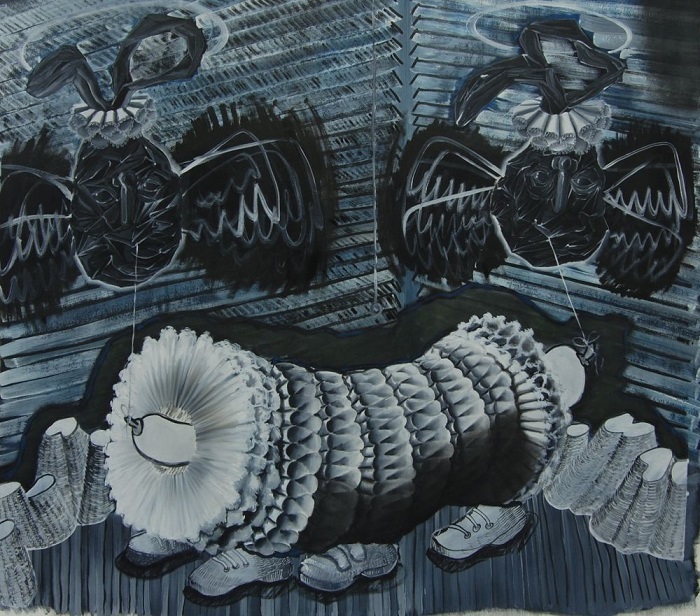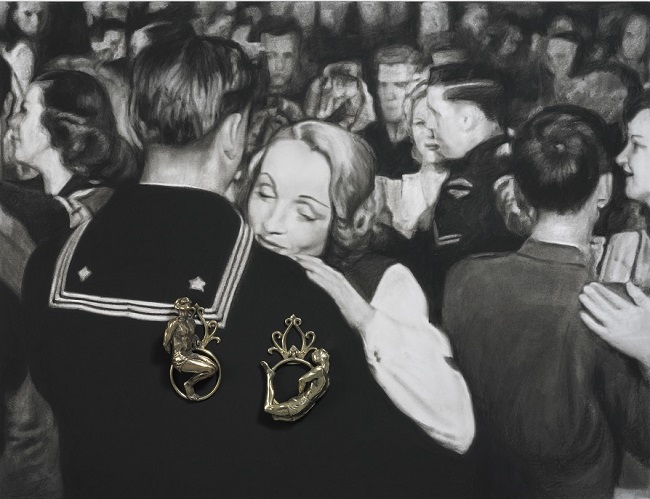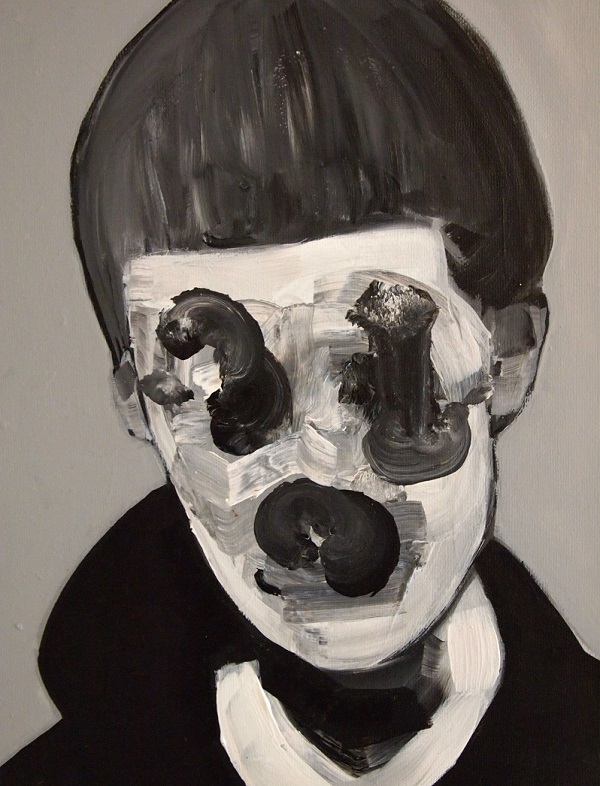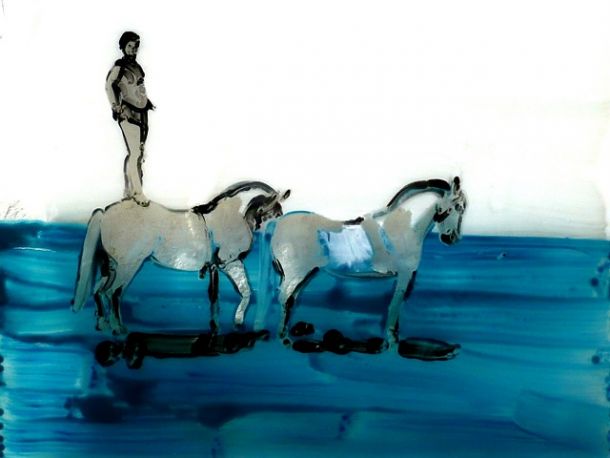How did you get the idea for the piece?
I knew that I wanted to make a sculpture that would essentially be a soft force that would supersede a hard structure. I wanted to make something beyond my own body, something unmanageable, to the point of being ridiculous. A ravenous, voluptuous form with an insatiable desire.
Much of my work investigates the power of the fetish, the anthropomorphic and hints at organic and bodily properties. I find that where the work plays with opposites lies the tension and often juxtapose softer materials against harder surfaces, always considering the points of contact where two surfaces touch. Where welded steel structures add a functional rawness and nakedness that heightens the softer cosmetic palette of pinks, ivories, and flesh tones. A kind of dressed and undressed. Continue reading “Art Circus Spotlight
‘Digesting the Devoured’ by Lauren Kelly”

